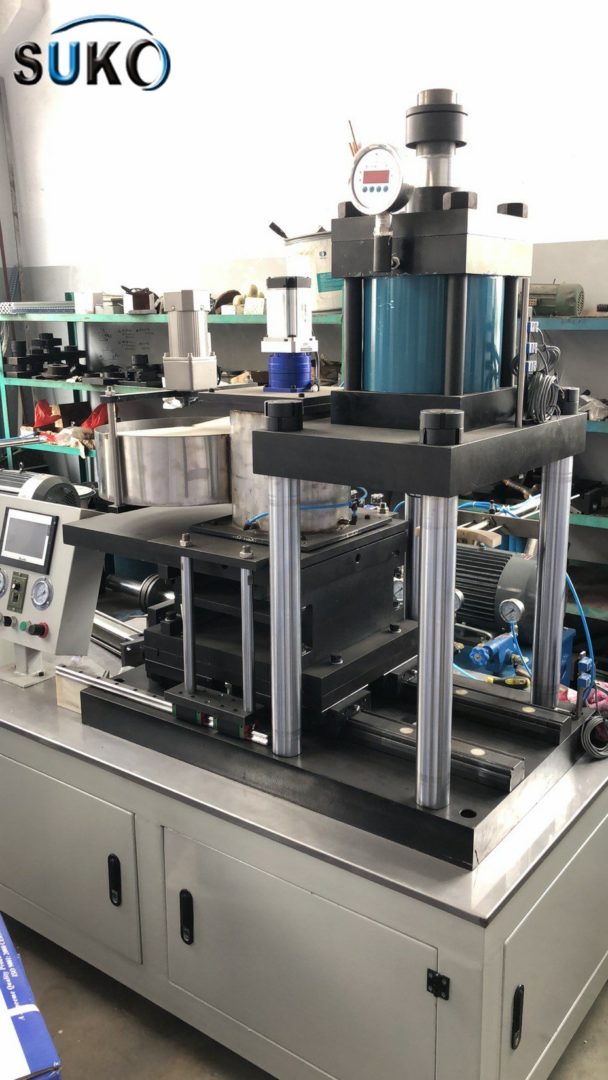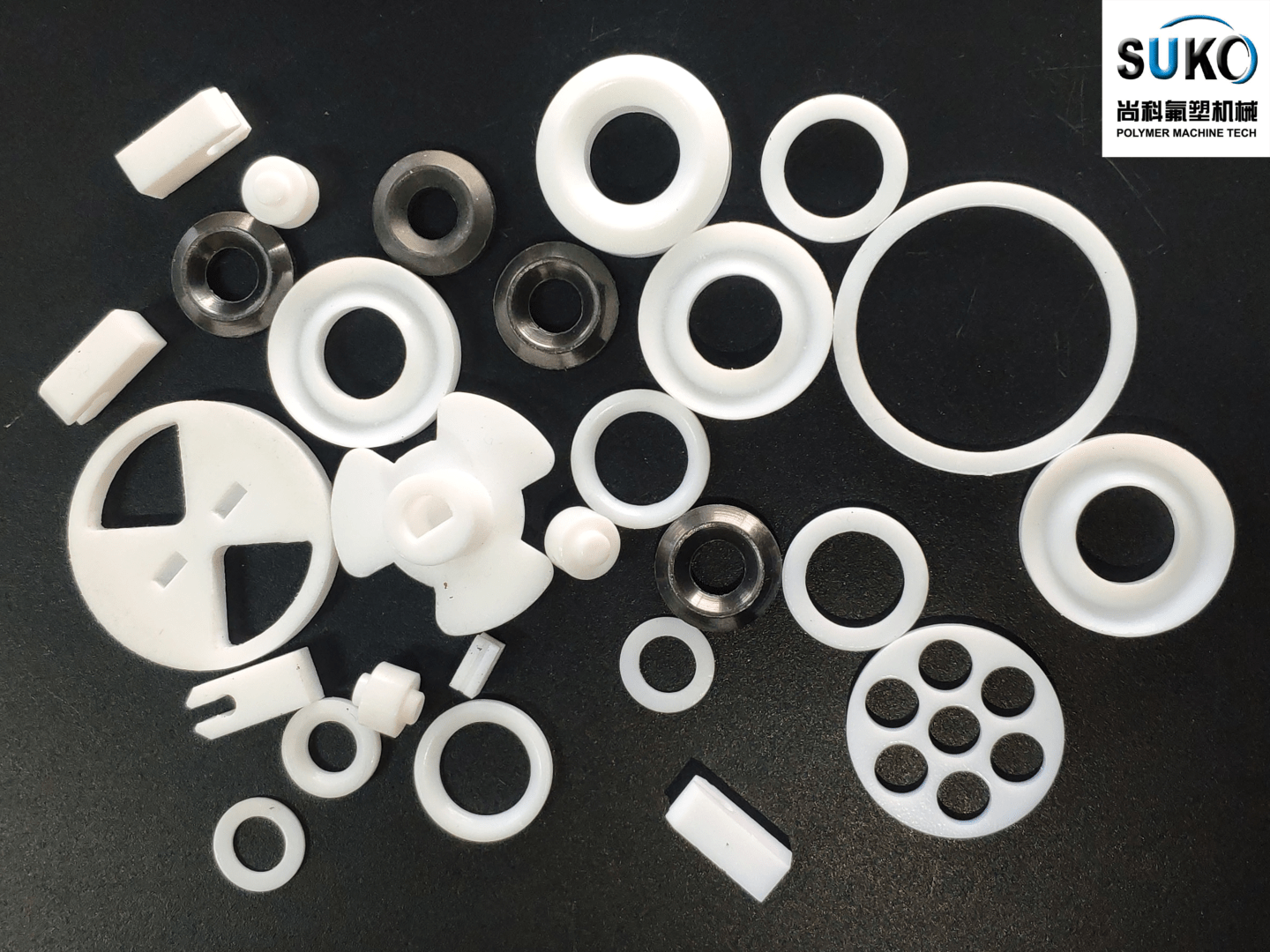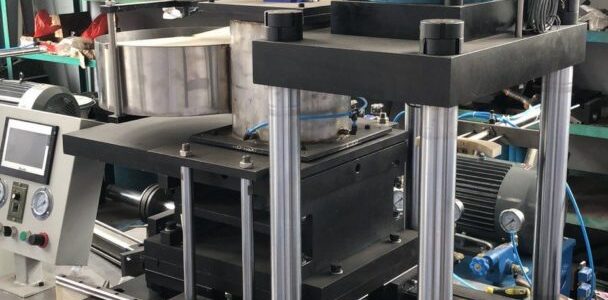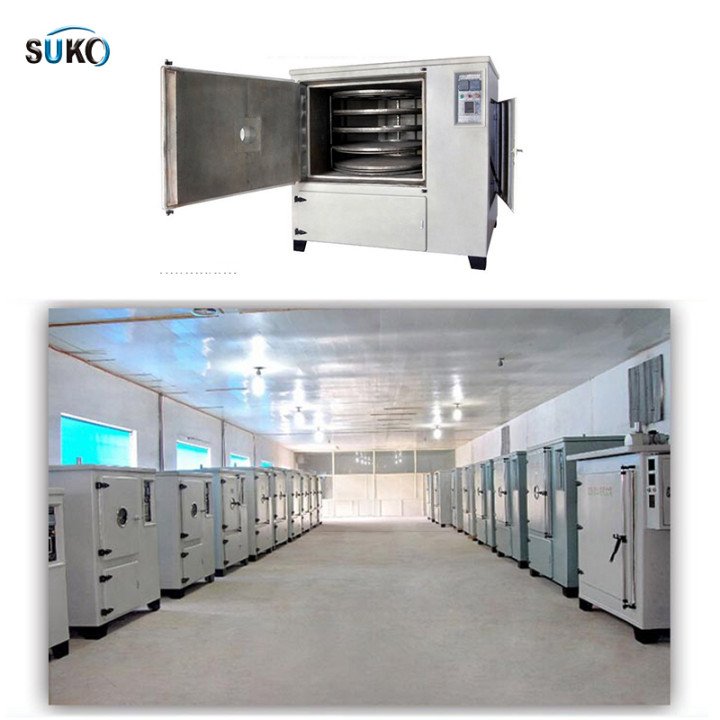 |
 |
Teflon gaskets are acid and alkali resistant, high temperature resistant, and resistant to various organic solvents, and have been widely used in the chemical and pharmaceutical industries and are the originator of the gasket industry. Teflon gaskets can be divided into modified Teflon gaskets, expanded Teflon gaskets and pure Teflon gaskets according to material properties. At present, pure Teflon gasket is the most widely used gasket, and accounted for 34.56% of the market share in 2019.
1. Chemical and petrochemical are the largest downstream application markets
In terms of downstream applications, Teflon gaskets are mainly used in the sectors of energy, chemical & petrochemical, pharmaceutical, and oil & gas, etc. Among them, chemical & petrochemical occupies the largest share with 26.24% in 2019, followed by energy sector with 16.32% market share, and oil & gas sector ranks third with 15.17% share. The pharmaceutical and agriculture sectors occupy a relatively low market share of 12.40% and 9.22%, respectively.
2. Europe becomes the largest revenue market and Teflon gasket is expected to increase its market share in China in the forecast period
Studies have shown that Europe and the U.S. are the first and second largest revenue markets in the global Teflon envelope gasket industry, with the market sizes reaching USD 504 million and USD 456 million respectively in 2019, accounting for 36.57% and 33.13% of the global market respectively, and accounting for nearly 70% of the global market in total; while China ranks third with a market size of USD 169 million in the global market, accounting for 12.28% of the global market. In addition, important economies like Japan and India also have a share in the industry and play an important role in driving the growth of the global market.
Based on the available data, and taking into account the market environment and development patterns in each region, SuKo Polymer Machine has forecasted the future market landscape, and expects that the market share in each region will change to varying degrees in the future. By 2027, the market share in countries such as the United States, China and India will increase to a certain extent. The United States will replace Europe as the top market with a share of 35.05%, China’s share will rise to 13.30%, and India’s market share will rise from 1.90% in 2019 to 1.94% in 2027; the share of Teflon gaskets in Southeast Asia will also rise from 1.18% to 1.24%. On the contrary, the market share in Europe, Japan and other regions will decline at different levels.
3. Industry market size continues to rise and is expected to reach USD 1.861 billion in 2027
According to data, the global Teflon gasket industry had a market size of USD 1.100 billion in 2015, and then increased year by year to USD 1.377 billion in 2019, with a CAGR of 5.78% from 2015-2029. On the basis of this, a series of functional calculations were performed to scientifically derive the data for the next 8 years. Finally, it can be predicted that the market size of the global Teflon gasket industry will continue to rise during the forecast period and will rise to USD 1.861 billion by 2027.
The TOP three companies in the industry are Teadit, Freudenberg Sealing Technologies, and ERIKS NV. Teadit is a U.S. company that offers carbon fiber and graphite, synthetic fiber and aramid yarns, bushing materials, oxygen equipment, and compressed fiberboard high-temperature gasket materials. In 2019, Teadit Teflon envelope gasket market was valued at USD 0.067 billion. Freudenberg Sealing Technologies (FST), a German company, is the leader in global sealing technology market, offering accumulators, dust boots, engineered molding solutions, hydrodynamic seals, gaskets, piston seals, and thermoplastic seals with a global presence. ERIKS NV is a Dutch company offering a wide range of technical products, including seals and polymers, Teflon gaskets, valves and instruments, industrial and hydraulic hoses, industrial plastics, power transmission and bearings, conveyor systems and tools, maintenance and safety products, etc.
In 2019, the market shares of Teadit, Freudenberg Sealing Technologies and ERIKS NV in the global Teflon gasket industry were 4.72%, 2.64%, and 1.63% respectively, with a total market share of only 8.99% or less than 10%, and only 13.04% for CR6. It can be seen that the industry has low concentration ratio, and many small and medium-sized enterprises are involved in the industry, resulting in quite fierce competition.
Technological innovation is an important driver of market growth. To remain competitive in a highly competitive market, suppliers should develop new ideas and technologies and keep pace with advanced technologies. Teflon gasket manufacturers also need to constantly update and improve their products and change products according to the changing market needs. Improvements in Teflon material and reduction in gasket area will be new growth areas for the industry.
Teflon’s many performance advantages lead to its increasing use as a gasket material. These performance advantages include excellent water resistance, thermal insulation, resistance to most chemicals, and the ability to operate at extreme temperatures of -400 degrees Fahrenheit or 500 degrees Fahrenheit. In addition, PTFE meets strict FDA regulations, making it extremely useful in the food and pharmaceutical industries. In the future, Teflon envelope gaskets will gain more opportunities in the pharmaceutical industry with the rapid growth of the medical and pharmaceutical industries.
5. Sensitivity to cold flow is a new obstacle to market development
Low grade Teflon gaskets are made of pure PTFE resin material, which has the disadvantage of being very sensitive to cold flow and therefore its industrial applications are limited to low pressure and low temperature situations. Two methods are available to overcome the disadvantage of high sensitivity to cold flow or creep of pure PTFE material. The first method is to add filler to the resin and the other is to expand PTFE. PTFE with filler may become more commonly used in industrial sealing applications, and PTFE itself is very resistant to corrosion. Therefore, the aging resistance of the filler must be considered when adding the filler to PTFE, which has become a new restriction on gaskets.



